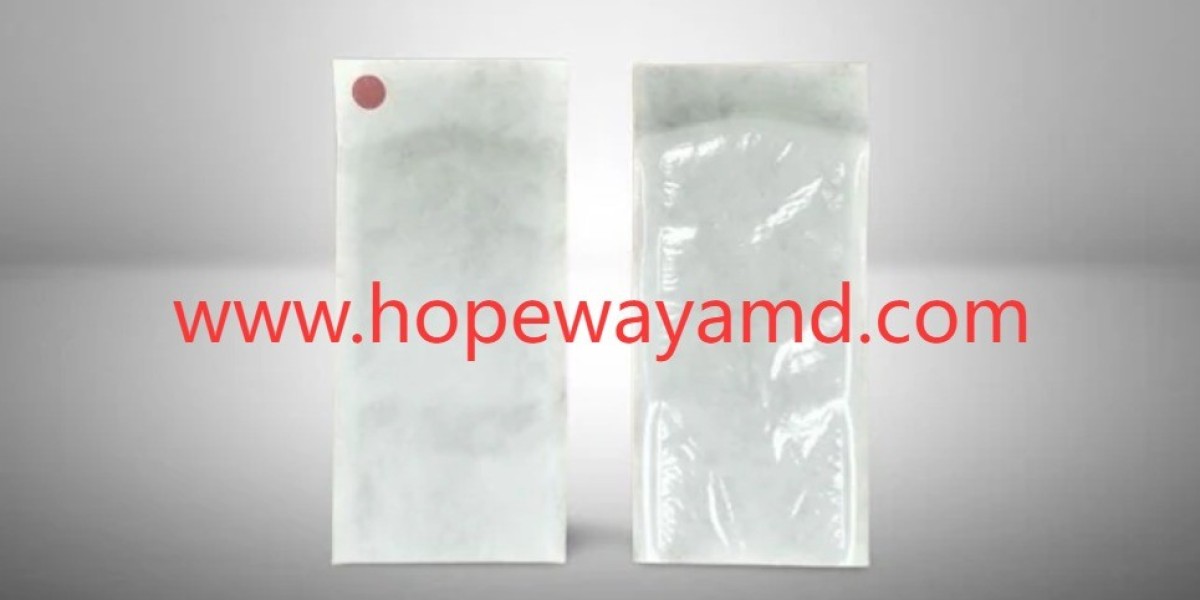Choosing the right deep wave wigs for your face shape is key to enhancing your features, balancing proportions, and achieving a natural, flattering look. Below is a detailed, actionable guide tailored to common face shapes, focusing on deep wave-specific styling tips (e.g., length, part, volume placement) to maximize complementarity:
1. Round Face Shape
Characteristics: Wide forehead, full cheeks, and a rounded jawline (width ≈ length).Goal: Lengthen the face and create angularity to avoid looking overly round.deep wave wigs Tips:
Length: Opt for mid-length to long deep waves (18–26 inches). Longer waves cascade downward, drawing the eye vertically and elongating the face. Avoid short bob-length deep waves (12–16 inches), as they can accentuate roundness.
Parting: Choose a side part (not center!). A deep side part adds asymmetry, breaking up the roundness and creating the illusion of a slimmer face. Pair it with face-framing waves that fall along the cheeks (not directly in front of them) to slim the mid-face.
Volume Placement: Focus volume at the crown and ends of the waves, not at the cheeks. Avoid excessive volume around the temples or cheeks, as this widens the face. Use a wide-tooth comb to gently lift the crown for subtle height.
Lace Type: 13x4/13x6 lace frontals (with pre-plucked baby hairs) work best—they allow for a natural side part and soft, face-framing waves that contour the jawline.
2. Oval Face Shape
Characteristics: Balanced proportions (forehead ≈ cheekbone width ≈ jawline), with a slightly longer length than width.Goal: Maintain balance and highlight natural symmetry—oval faces are versatile and suit most styles!deep wave wigs Tips:
Length: Any length works! Short (14–16 inches) playful deep waves, mid-length (16–20 inches) glamorous waves, or long (22–28 inches) dramatic waves all complement oval faces.
Parting: Experiment with center or side parts. A center part emphasizes symmetry, while a side part adds softness. For a bold look, try a deep side part with sweeping waves that frame the forehead.
Volume Placement: Evenly distribute volume throughout the waves. Avoid extreme volume (e.g., 200%+ density) if you want a more natural look, but feel free to go for high density (180–200%) for special occasions—oval faces can handle drama!
Lace Type: 5x5 lace closures (for a natural center part) or 13x6 lace frontals (for versatile parting) are both great. Opt for HD transparent lace to blend seamlessly with your skin tone.
3. Square Face Shape
Characteristics: Strong, angular jawline, wide forehead, and sharp cheekbones (width ≈ length).Goal: Soften harsh angles and add warmth to the face.deep wave wigs Tips:
Length: Choose mid-length to long deep waves (16–26 inches) with loose, flowing curls. Avoid short, blunt-cut deep waves (they accentuate the jawline) or overly tight waves (they can make angles more pronounced).
Parting: A soft side part (not too deep) is ideal. Pair it with face-framing waves that fall gently over the temples and jawline—these waves soften the sharpness of the jaw and forehead.
Volume Placement: Focus volume at the crown and mid-lengths, not at the jawline. Avoid adding volume around the cheeks or jaw, as this emphasizes squareness. Gently tousle the crown for height to balance the angular lower face.
Lace Type: 13x4 lace frontals with pre-plucked baby hairs—they create a natural hairline and allow for face-framing waves that contour the jawline without highlighting its sharpness.
4. Heart Face Shape (Inverted Triangle)
Characteristics: Wide forehead, high cheekbones, and a narrow, pointed chin.Goal: Balance the wide forehead and narrow chin by adding volume to the lower part of the face.deep wave wigs Tips:
Length: Mid-length to long deep waves (18–24 inches) that end at or below the chin. Avoid short waves (above the chin), as they draw attention to the wide forehead.
Parting: A side part (preferably the side opposite your dominant cheekbone) to soften the forehead. Avoid center parts, which can widen the forehead further.
Volume Placement: Add volume to the ends and lower mid-lengths of the waves (near the chin) to balance the narrow jaw. Keep the crown and temples relatively smooth (not overly voluminous) to avoid making the forehead look wider.
Lace Type: 13x6 lace frontals with face-framing baby hairs—they cover the hairline gently and direct focus downward to the curls around the chin.
5. Diamond Face Shape
Characteristics: High, prominent cheekbones (the widest part of the face), narrow forehead, and narrow jawline.Goal: Soften the cheekbones and widen the forehead/jawline for balance.deep wave wigs Tips:
Length: Mid-length deep waves (16–20 inches) or long waves (22–26 inches) with loose, flowing curls. Avoid extremely short waves or tight curls, which can emphasize cheekbone prominence.
Parting: A soft center part or wide side part to widen the forehead. Avoid deep, narrow side parts, which can make the forehead look narrower.
Volume Placement: Add volume to the forehead (via baby hairs or gentle crown lift) and jawline (via face-framing waves). Keep the cheekbone area relatively smooth—avoid excessive volume here, as it highlights sharp cheekbones.
Lace Type: 5x5 lace closures (for center parts) or 13x4 lace frontals (for side parts) with thick baby hairs—baby hairs widen the forehead visually, while face-framing waves add fullness to the jawline.
6. Long (Rectangular) Face Shape
Characteristics: Long length (significantly longer than width), narrow forehead, and narrow jawline.Goal: Shorten the face and add width to balance proportions.deep wave wigs Tips:
Length: Mid-length deep waves (14–18 inches) or shoulder-length waves. Avoid extremely long waves (24+ inches), as they further lengthen the face.
Parting: A center part or soft side part with volume at the temples. Avoid deep side parts or high crown volume, which can elongate the face.
Volume Placement: Add volume to the temples and cheeks (mid-lengths of the waves) to widen the face horizontally. Keep the ends of the waves slightly layered to avoid a “stringy” look that drags the face down.
Lace Type: 13x4 lace frontals with face-framing waves that start at the temples—these waves add width to the mid-face, balancing the long length.
Pro Tips for All Face Shapes
Density Matters: For most face shapes, 150–180% density is ideal for a natural look. High density (200%+) works for special occasions but can overwhelm small faces (e.g., round or heart-shaped).
Texture Softness: Opt for loose, natural deep waves (not overly tight or crimped) to soften features—tight curls can accentuate angularity or roundness.
Try Before You Buy: If possible, test the wig’s length and parting with a virtual try-on tool or by holding a similar style up to your face. For human hair wigs, you can also trim or style the waves to fit your face better.
By aligning the deep wave wigs’s length, parting, and volume with your face shape, you’ll create a harmonious, flattering look that feels natural and enhances your unique features!
Suche
Beliebte Beiträge
-
 سئو چیست ؟
Durch lonwqc23513197
سئو چیست ؟
Durch lonwqc23513197 -
 stashpatrick.cc
Durch laruederosa815
stashpatrick.cc
Durch laruederosa815 -
 What Makes Hopeway AMD and Heat Sealing Sterilization Pouch Work Seamlessly?
Durch hua fufu
What Makes Hopeway AMD and Heat Sealing Sterilization Pouch Work Seamlessly?
Durch hua fufu -
 How Does Gusumachinery Chocolate Tempering Machine Refine Production Quality
How Does Gusumachinery Chocolate Tempering Machine Refine Production Quality
-
Exploring WinRummy: A Comprehensive Study of the Online Casino Platform
Durch scottbarnum286
Kategorien


